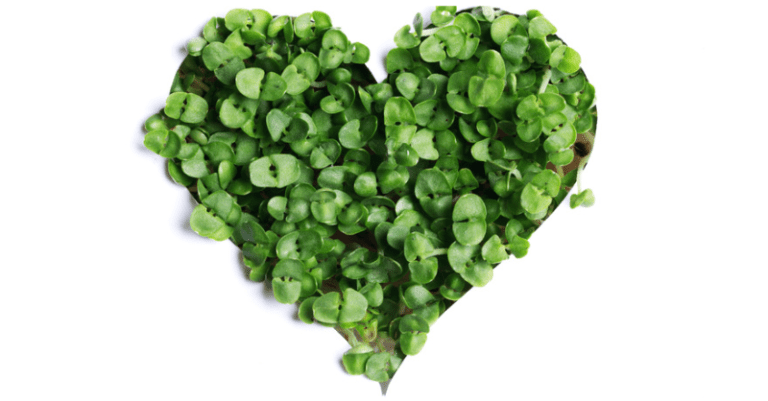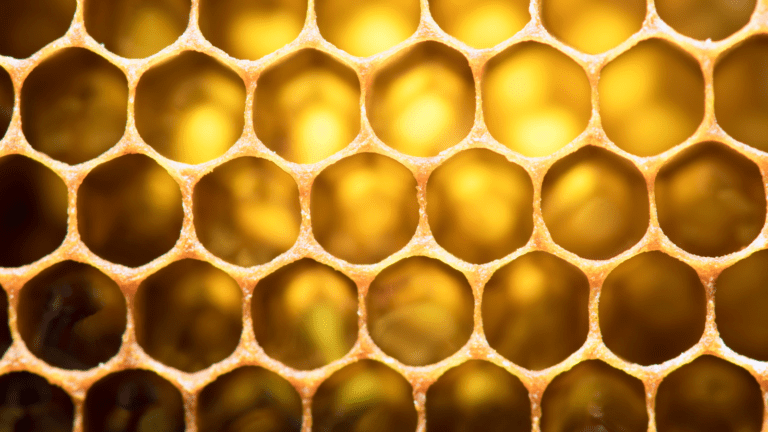Healthy plants, healthy planet, healthy life

May 12 is International Day of Plant Health, and while it may seem like a good excuse for all indoor plant lovers everywhere to celebrate, there is a lot more to caring for plant health than not overwatering your fiddle leaf fig.
Yes, plants are aesthetically pleasing. Even a barely sprouted avocado seed sitting on the windowsill can add joy to one’s life.*
However, far more importantly, plants are critical to our survival.
Plants provide 98% of the oxygen we breathe and 80% of the food we eat. They also contribute fibres for the clothes we wear, and materials for the shelters we live in.
Plants protect the biodiversity of the planet—providing food and habitat for a multitude of animal species. And, if that’s not enough, by absorbing carbon dioxide from the atmosphere, plants play a crucial role in mitigating climate change.
Despite these life-giving benefits, plants are at risk from multiple threats.
🌱 Deforestation is one of the most significant threats to plant species around the world. Every year, vast areas of forests are cleared for agriculture, logging, and other human activities. This destruction of natural habitats is driving many plant species—and animal species—to extinction.
🌱 The impacts of climate change—rising temperatures, changes in rainfall patterns, increased frequency of extreme weather events—are all affecting the growth and survival of plants.
🌱 Pollution—water and air—can affect the quality of soil and water, and can damage plant leaves, reducing their ability to photosynthesise and grow.
🌱 Invasive non-native plants often outcompete native species for resources and disrupt entire ecosystems.
🌱 Finally, pests and diseases have the potential to destroy entire crops, causing significant economic loss and food shortages.

Each year, plant pests and diseases are responsible for the loss of 40% of crops, devastating agricultural industries and ultimately, global food security.
There are a huge number of ways that we, as individual gardeners and consumers, can protect plants from diseases and pests.
🌱 Using pest–free and disease–free planting materials provides a sustainable and environmentally safe start to keeping plants healthy.
🌱 Avoid composting diseased plant material and spices that contain whole seeds. These can spread pests and diseases into your own soil, and potentially into the wider environment.
🌱 *While that avocado seed may be going great on the windowsill, don’t plant it in the ground. Australian biosecurity website advises that store-bought produce is intended for eating. Planting them in the ground (including their scraps) could introduce exotic pests and diseases into the environment.
🌱 Hazardous pesticides kill important pollinators and other beneficial insects. So, look for environmentally friendly ways to treat any pests or diseases affecting your plants. If you grow your own veg, use sustainable methods—like crop rotation—that promote biodiversity and reduce the incidence and impact of pests and pathogens.
🌱 As tempting as it may be, when travelling to and from other countries or states, don’t bring plants and plant products with you. This reduces the chance of introducing pests and diseases to other areas.
🌱 While online plant ordering is really blossoming, pests and diseases can often be sneaky stowaways and you may end up with more than you paid for. So, it’s important to ensure the company you order from is following international standards (Biosecurity Import Conditions system (BICON) in Australia).
🌱 Finally, be aware of biosecurity laws in your region. Fortunately, Australia has managed to remain free of many destructive plant pests that are prevalent in other countries. This is due to the strong biosecurity laws and systems in place. The Australian government biosecurity website is a great resource providing helpful and important information on how we can act to safeguard our biosecurity, protecting Australia from the spread of pests, disease and weeds.
This International Day of Plant Health (May 12) is the perfect day to start thinking about how our actions can help protect plant health. Because good plant health is core to a healthy planet.
Download the free Glimmer app and connect with a like-minded community sharing ideas about how we can better care for the health of our planet.
Sources:
Five ways climate change is intensifying the threats to plant health. https://www.fao.org/fao-stories/article/en/c/1507753/
International day of plant health, 12 May. https://www.fao.org/plant-health-day/en
Plant health. https://www.agriculture.gov.au/agriculture-land/plant/health
Plants: you owe them your life. https://www.fao.org/fao-stories/article/en/c/1270248/
Plate it. Don’t plant it. https://www.agriculture.gov.au/biosecurity-trade/pests-diseases-weeds/protect-animal-plant/dont-plant-it
Support the international day of plant health. https://www.planthealthaustralia.com.au/support-the-international-day-of-plant-health/
The state of the world’s forests. https://www.fao.org/state-of-forests/en/







